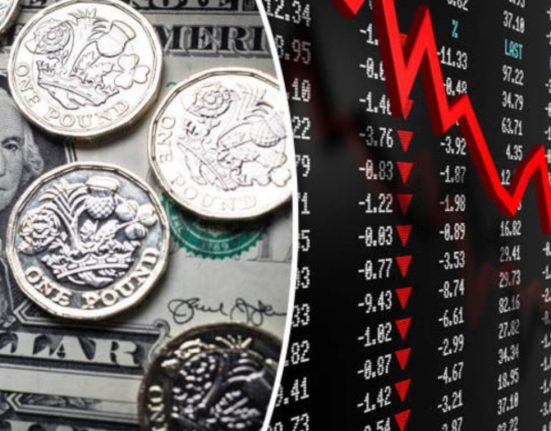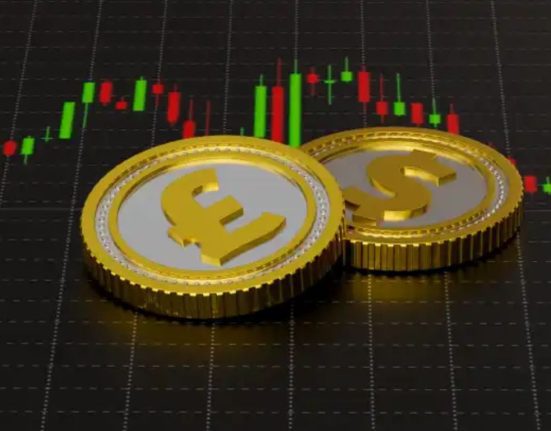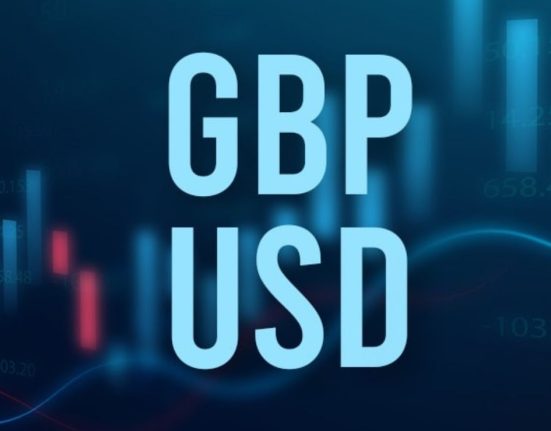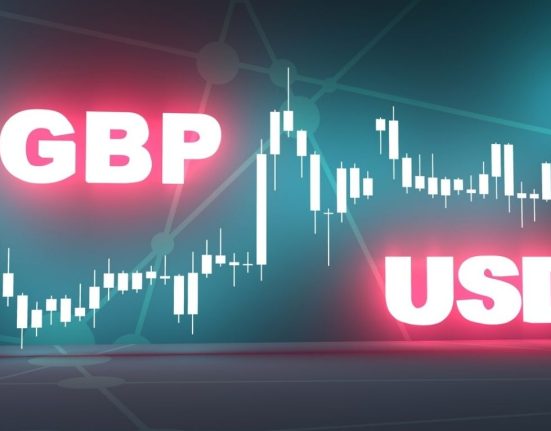Introduction
In a recent turn of events, the U.S. dollar found itself in a precarious position, slipping to a two-week low against the euro and a basket of currencies. The catalyst behind this currency shake-up was the release of data indicating that U.S. private payrolls had risen less than what was initially anticipated for the month of August. This unexpected twist in the economic narrative has fueled speculation that the Federal Reserve might halt its current trajectory of interest rate increases. This article delves into the implications of these developments, shedding light on the recent rollercoaster ride of the dollar and its potential consequences.
Dollar’s Two-Week Low: A Closer Look
The dollar’s recent dip against the euro and other currencies can be traced back to the surprising revelation that U.S. private payrolls had grown at a slower pace than expected in August. This data release had a significant impact, sowing the seeds of doubt about the Federal Reserve’s monetary policy path. The Federal Reserve has been actively engaged in a cycle of raising interest rates to manage inflation and maintain economic stability. However, softer economic data in recent weeks has cast uncertainty over the central bank’s intentions.
Federal Reserve’s Tightening Cycle in Question
The softening economic data of the past week has raised eyebrows and altered the prevailing sentiment regarding the Federal Reserve’s plans. There has been growing speculation that the central bank might have concluded its tightening cycle, at least for the time being. This marks a shift from the earlier sentiment that was briefly buoyed by relatively hawkish comments made by Fed Chairman Jerome Powell just days prior to the release of the disappointing payroll figures.
Jerome Powell’s Impact
Fed Chairman Jerome Powell’s remarks carry considerable weight in shaping market expectations. His earlier statements had briefly stoked anticipation of a November rate hike. However, the subsequent data indicating a slowdown in private payroll growth has tempered these expectations. This highlights the sensitivity of financial markets to both data releases and the words of key figures like Powell.
Implications for the Dollar
The dollar’s value is intricately tied to the Federal Reserve’s monetary policy decisions. As the central bank mulls over its next steps, the currency markets are likely to remain on edge. A pause in the interest rate hikes could result in further weakness for the dollar, as it would reduce the yield advantage of holding U.S. assets compared to those denominated in other currencies. Conversely, if the Federal Reserve decides to proceed with rate increases despite the recent economic softening, it could provide some support to the dollar.
Global Economic Impact
The dollar’s movements have far-reaching implications beyond the United States. A weaker dollar can make U.S. exports more competitive on the international stage, potentially boosting American businesses that rely on foreign markets. On the flip side, a stronger euro and other currencies can make European and other non-U.S. exports more expensive, potentially impacting the global trade landscape.
Investor Sentiment and Market Volatility
Investor sentiment often sways with the tide of economic data and central bank decisions. The recent turbulence in the currency markets is a testament to how sensitive investors are to such developments. As uncertainty prevails, market volatility can be expected, impacting a wide range of assets including stocks, bonds, and commodities.
Conclusion
In the aftermath of the disappointing U.S. private payroll data for August, the dollar has found itself in a precarious position, sliding to a two-week low against the euro and other currencies. The fate of the dollar now hangs in the balance as markets await further guidance from the Federal Reserve. The softening economic data has raised doubts about the central bank’s tightening cycle, prompting a reconsideration of the dollar’s strength. As we move forward, all eyes will be on the Federal Reserve’s decisions and their repercussions not only for the dollar but also for the broader economic landscape and global markets. Stay tuned for updates on this unfolding economic story.









